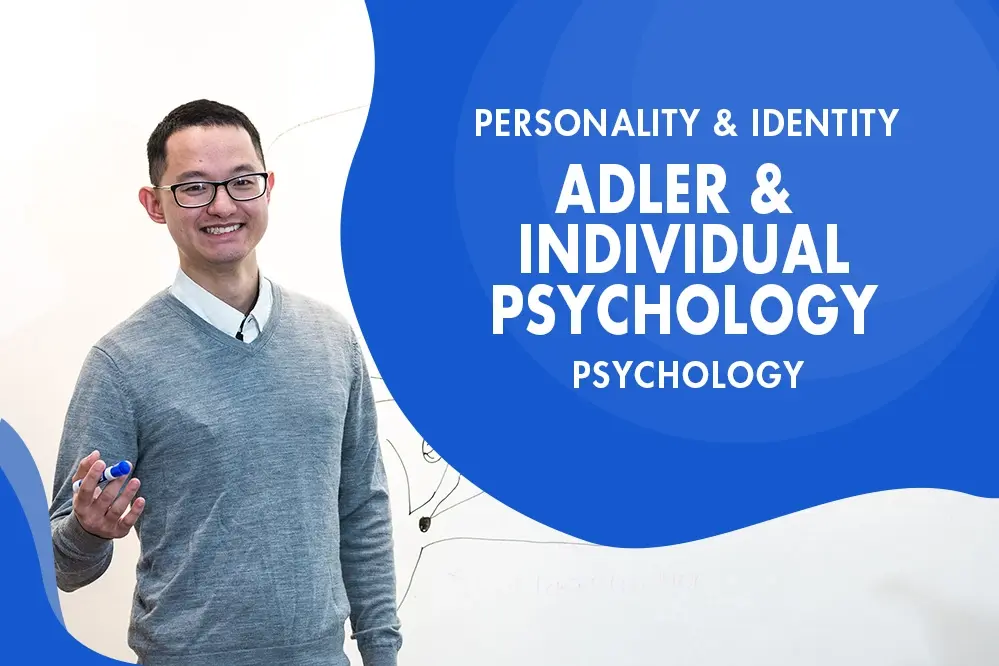Which type of consciousness-altering drug facilitates the neurotransmission of GABA?
a) Stimulants
b) Depressants
c) Hallucinogens
d) Opioids
Get 1-on-1 MCAT Tutoring From a Specialist
With MCAT tutoring from MedSchoolCoach, we are committed to help you prepare, excel, and optimize your ideal score on the MCAT exam.
For each student we work with, we learn about their learning style, content knowledge, and goals. We match them with the most suitable tutor and conduct online sessions that make them feel as if they are in the classroom. Each session is recorded, plus with access to whiteboard notes. We focus on high-yield topics if you're pressed for time. If you have more time or high-score goals, we meticulously cover the entire MCAT syllabus.
Consciousness-Altering Drugs for the MCAT
There are four major classes of consciousness-altering drugs that you need to know for the MCAT. Consciousness-altering drugs are named as such because they affect our neurochemistry in various ways, altering how we consciously experience reality. By affecting our cells and neurotransmitters, drugs are able to change our mood, emotions, thoughts, and actions. The four classes of drugs you need to know for the MCAT are stimulants, depressants, hallucinogens, and opioids.
Stimulants
- Stimulants reduce fatigue, reduce, drowsiness, increase libido, and increase wakefulness. They generally act by binding to neurons and preventing the reuptake of the neurotransmitter’s dopamine, norepinephrine, and serotonin. By blocking the reuptake of these neurotransmitters, the neurotransmitters will persist in the synapse for much longer and exert longer and stronger effects. Stimulants like cocaine block the reuptake of dopamine, which activates the reward circuit of our brain, explaining the addictiveness of cocaine. Other examples of stimulants include: caffeine, nicotine, cocaine, and amphetamines.
Depressants
- Depressants produce calming effects, provide pain relief, and induce sleep. They achieve these effects by reducing physiological arousal, reducing heart rate, and slowing down respiration. Depressants typically function by facilitating the neurotransmission of GABA. GABA is an inhibitory neurotransmitter that has the effect of globally reducing central nervous system activity. Examples of depressants include: alcohol, benzodiazepines, barbiturates
Hallucinogens
- Hallucinogens are named for their ability to produce hallucinations in humans. Hallucinations are sensations or images that seem real but are not real. The mechanism of action for hallucinogens is variable. For example, marijuana acts on cannabinoid receptors, while LSD is a serotonin receptor agonist. Additionally, PCP enhances dopamine neurotransmission.
Opioids
- Opioids produce pain relief and slow some bodily functions, such as respiration rate. Opioids are highly addictive, which is an issue of critical importance because opioid abuse and prescription is a issue that heavily impacts the field of medicine. Opioids are agonists of opioid receptors. The endogenous ligands of opioid receptors (the molecules produced by the body that normally act on opioid receptors) are endorphins, enkephalins, and dynorphins. Examples of opioids include: Opium, Morphine, Heroin
Explore More
MCAT Masterclass Chapters
Take a closer look at our entire MCAT Masterclass or explore our Psychology lessons below.
- MCAT Psychology Adler & Individual Psychology - MCAT Psychology View Subject
- MCAT Psychology Erikson's Stages of Psychosocial Development - MCAT Psychology View Subject
- MCAT Psychology Big Five Personality Traits (OCEAN) - MCAT Psychology View Subject
- MCAT Psychology Freud & Psychoanalytic Theory - MCAT Psychology View Subject
- MCAT Psychology Freud's Stages of Psychosexual Development - MCAT Psychology View Subject
- MCAT Psychology Brain Areas That Control Speech- MCAT Psychology View Subject




